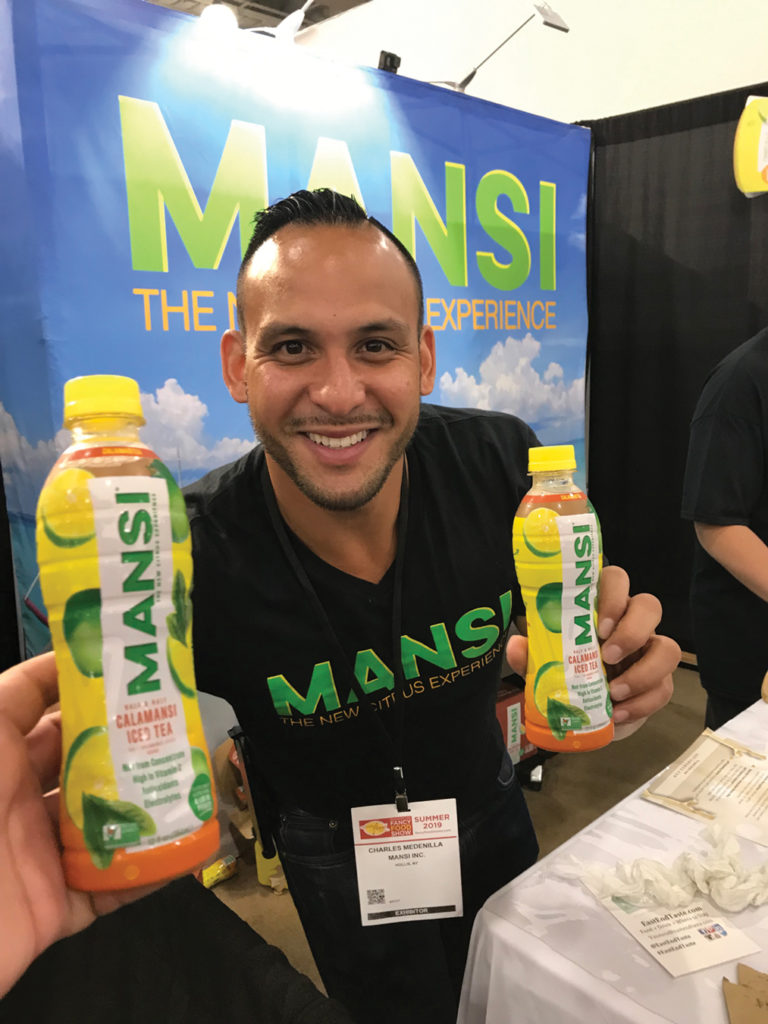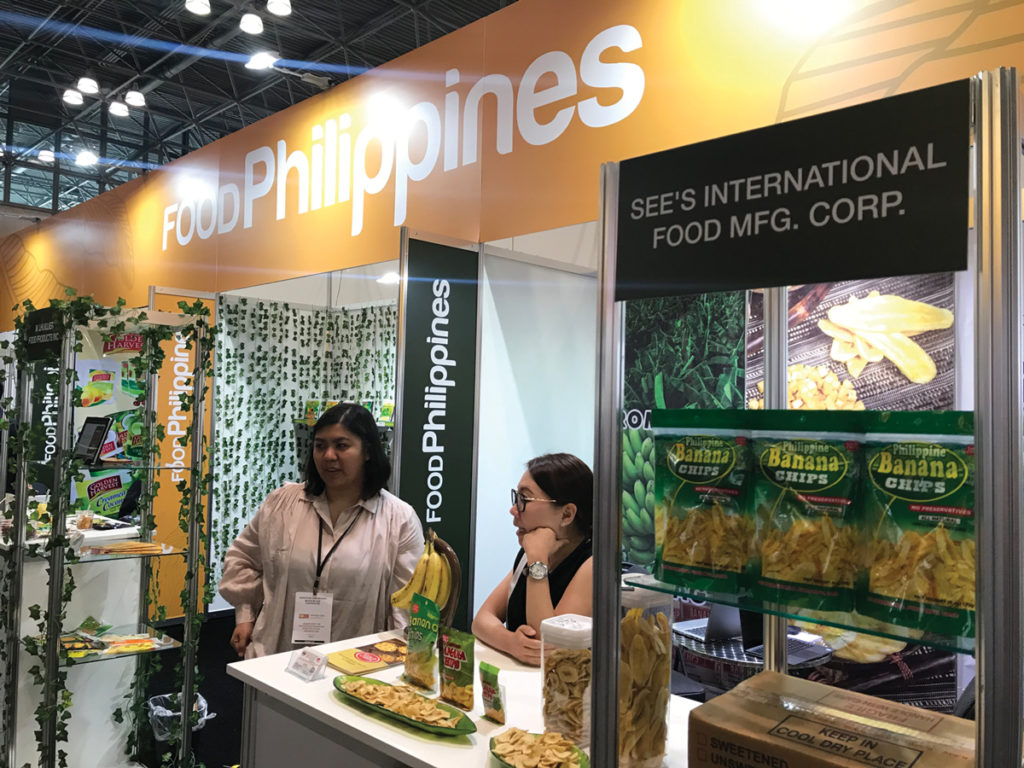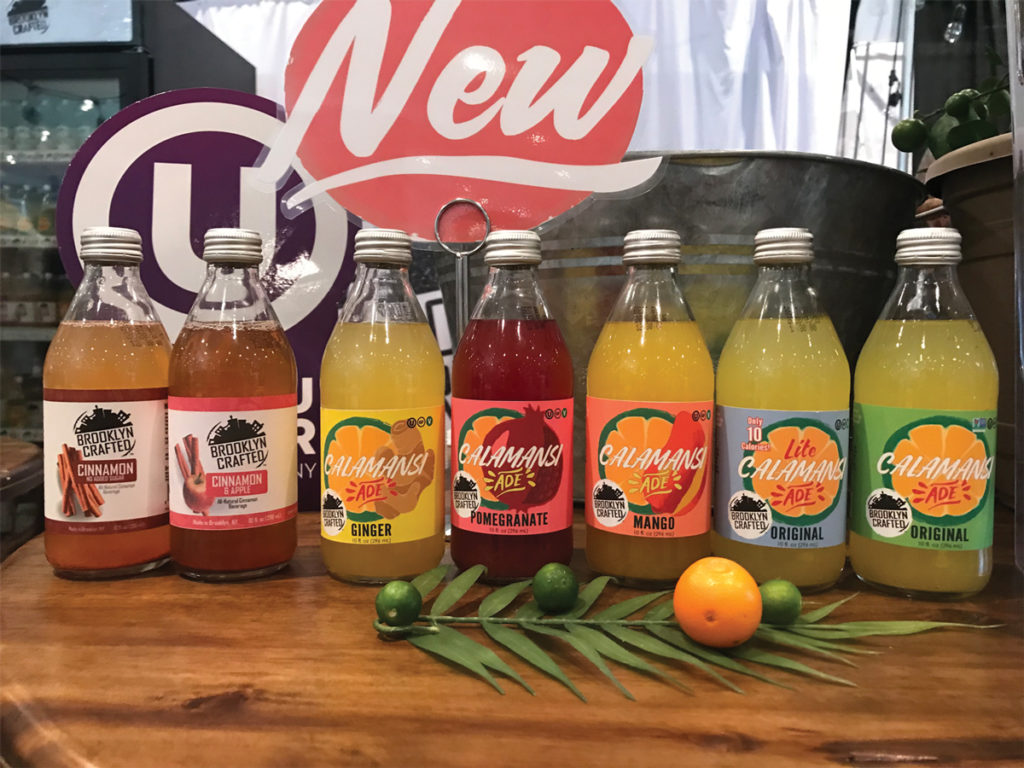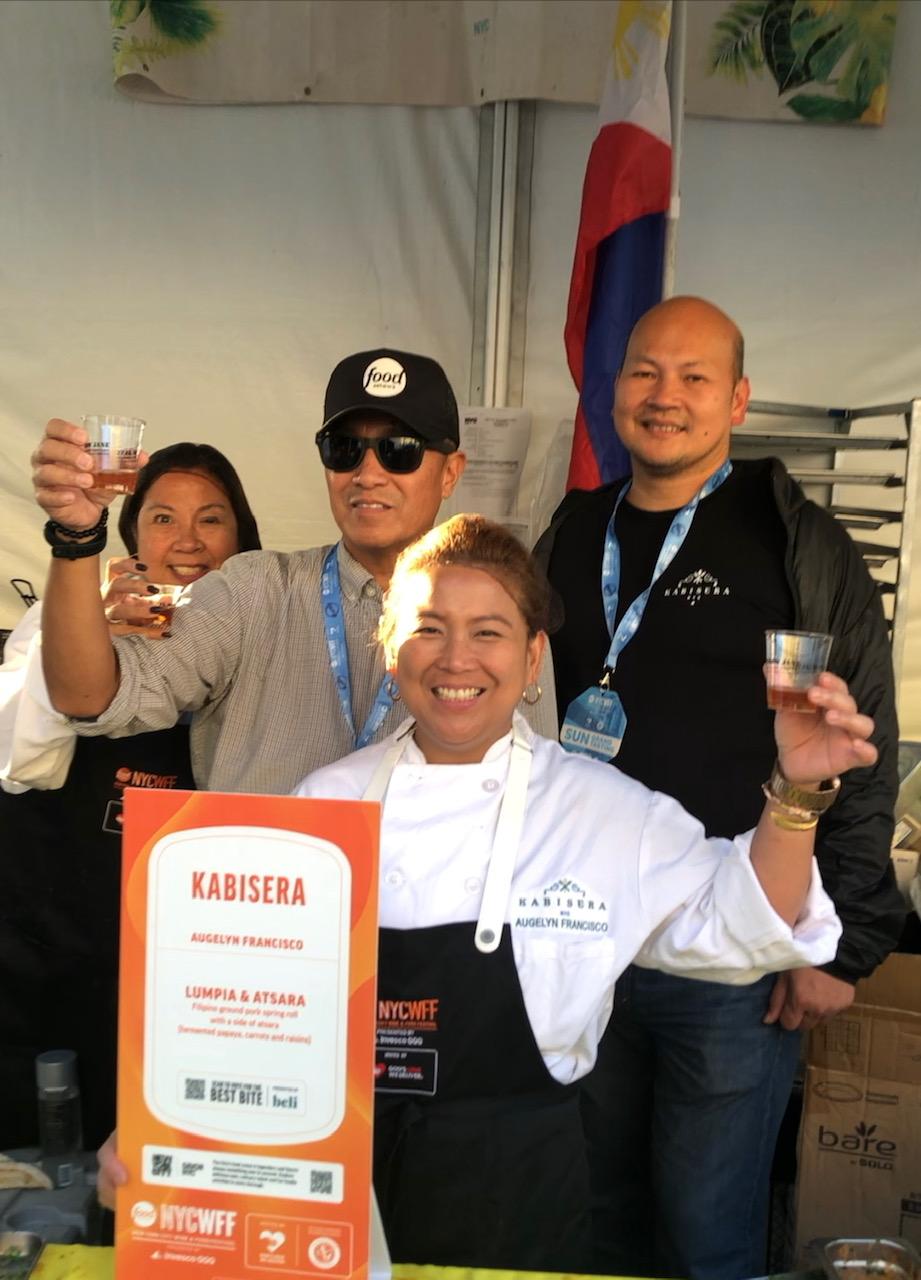FOOD companies from the Philippines began joining the Winter Fancy Food Show in San Francisco in 2014 under the branding initiative Food Philippines. That year, Filipino favorites including bananas, mangoes, coconut, coffee, single-origin chocolate, organic rice, pili nut, muscovado sugar, herbal tea and the roselle plant were showcased.

Through the years, the Philippine Pavilion has highlighted these Filipino ingredients and introduced them to the mainstream market, promoting the Philippines as a source of quality food products in the global market
This year, some of these products and companies made their way east for the recently concluded Summer Fancy Food Show at the Javits Convention Center, the largest specialty food and beverage event in the country.
Nicanor Bautista, Special Trade Representative & Consul of the Philippine Trade and Investment Center (PTIC) explained why it took this long to bring them to New York.
“For the longest time, the focus of the DTI’s food exports promotion efforts in the US leaned towards the Fil-Am market. With over 4 million Filipinos in the US, and with nearly half of that figure residing in the West Coast, it was logical to start and consolidate efforts targeting this captive market,” he said.
Bautista cited the growth of our ASEAN neighbors as one of the reasons why the government’s marketing efforts has shifted.
“Our food exports to the US have not grown at par with our ASEAN competitors, mainly Thailand, Indonesia and Vietnam. With their own immigrant communities nowhere near the size of the Fil-Am population in the US, these ASEAN competitors have managed to grow their food exports to the US to nearly four times that of the Philippines, in large part because of their decision, early on, to focus on the mainstream market,” Bautista explained.
“Clearly, we have to re-direct our marketing efforts towards the bigger market, i.e., the 300 million plus mainstream food consumers in the US. The first DTI-subsidized participation in the Summer Fancy Food Show of 2019, the biggest and oldest food exhibition in the US, is one of the steps that we are taking in that direction,” he added.
Bautista’s PTIC office, in recommending the participation of the Philippines in the Summer Fancy Food Show, provided the Center for International Trade Expositions and Missions (CITEM), the export promotions arm of the Department of Trade and Industry, with the key food sub-sectors to focus on in recruiting exhibitors to the show.
“We took into account, the food products’ supply projections, state of production, export competitiveness and potential, market reception and USFDA clearances,” he said.

For the US mainstream market, Food Philippines will be concentrating on the following food sectors: processed fruit, coconut products (coco water, coco cream, coco sugar, coconut oil), high-value seafood products, beverage, ice cream and organic, health-centric natural food products.
In line with this focus are a couple of companies, which have been participating in the annual food festival for years now: Sun Tropics and Mansi.

With the initial success of their banana chips line using the saba bananas from the Philippines, Sharon Lao of Sun Tropics brought in three new flavors: salted caramel, maple and sweet chili.

Mansi on the other hand continues to push its premium calamansi juice in a bottle and how it can be enjoyed cold and refreshing, as a hot, soothing drink or maybe as an aperitif mixed with various cocktails. This year, the company also introduced a new variant, their calamansi iced tea drink.
Business is doing well, said Mansi CEO Charles Medenilla, thanks to the backing of Washington Post which declared the calamansi as “IN” in 2019. He excitedly shared that Mansi is now available in some Whole Foods stores.
According to the 2015 data of the Philippine Coconut Authority and the Department of Agriculture, the Philippines is the world’s second-largest producer of coconut and banana. The country is also a top global producer of pineapple (3rd), canned tuna (4th), and mango (10th), based on a 2013 data of the United Nations Food and Agriculture Organization.
The ten companies from the Philippines which showcased their products under the FOODPhilippines pavilion at the fancy food show were: Amley Food Corporation, Brandexports Philippines, CJ Uniworld Corp., M. Lhuillier Food Products, Monde M.Y. San, Profood, S.L. Agritech Corporation, See’s International Food Mfg. Corp., Seabest Food & Beverage Corporation and Theo & Philo Chocolate Factory.






